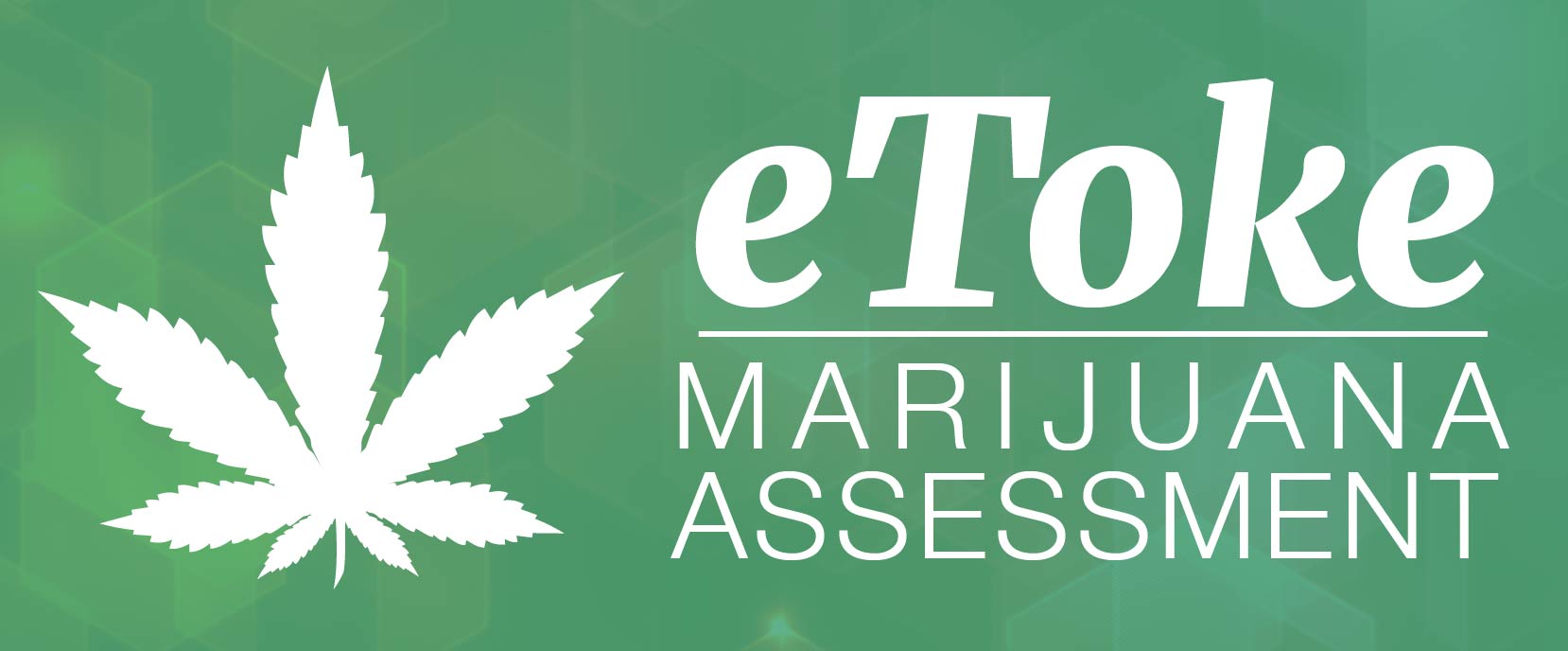Drugs
When considering the use of any illegal or illicit drugs, it is important to know the physical and legal effects that can occur.
We encourage UT Dallas students to make informed decisions if they are considering the use of illegal drugs. Illegal drug use does include the use of prescription drugs without a valid prescription. As a reminder, the use of illegal drugs can result in negative legal consequences with both national and state laws as well as academic consequences with UT Dallas. Drug use can also cause various negative physical effects. Consider the information below if you are considering using illegal drugs.
Additional Resources
Popular Drugs
Adderall
What is it?
A drug prescribed for people with Attention Deficit Hyperactivity Disorder (ADHD). Illicitly, it is a popular pill among college students, who claim it gives them the ability to concentrate better and allows them to achieve “all nighters” with ease.
How is it consumed?
The small pill, which comes in various colors and imprinted with words or popular images, is swallowed.
Street Names
Ivy League Crack, Beans, Black Beauties, Speed, Uppers
What are the risks associated with its use?
Loss of appetite, nausea, vomiting, dizziness, insomnia, nervousness. Can increase symptoms in those with anxiety disorders. Can exacerbate heart problems.
BE AWARE! Use of this drug can result in hypertension, even sudden death.
Of Legal Concern
Adderall is listed by the DEA as a schedule II controlled substance, meaning use without a prescription carries a $10,000 fine and 60 days in jail. Selling the drug can result in up to a $1,000,000 fine and five years in jail!
Cocaine
What is it?
A very addictive, central nervous system stimulant. Crack is cocaine that has been processed into a crystal rock.
How is it consumed?
Powder form is snorted up the nose; crack is usually smoked.
Street Names
Coke, snowflake, blow
What are the risks associated with its use?
Because increased blood pressure and heart rate, users rick heart attack, stroke, ruptured aorta, seizure, and respiratory failure. Other side effects include abdominal pain, nausea, anxiety, delirium, paranoia, suicide, depression and violent behavior….just to name a few.
BE AWARE! Addiction and even death can occur on first use and sometimes unexpectedly afterwards.
Of Special Concern
Regular snorting can lead to loss of the sense of smell; ingesting the drug can cause severe bowel gangrene.
Important Facts
- In an article on Discovery Health’s website, written by Dr. Jan Garavaglia, she says cocaine is the most commonly abused illicit drug she encounters in the morgue.
DXM
What is it?
Active ingredient found in many prescription and over the counter cough syrups. It is often abused by using in high doses for its euphoric feeling and visual and auditory hallucinations. Robitussin and Coricidin are the most commonly used brands.
How is it consumed?
Usually in syrup form. Sometimes mixed with other ingredients to improve flavor, or make it more drink like. Use in tablet or gel form is increasing.
Street Names
Robo-tripping, skittling
What are the risks associated with its use?
hyperexcitability, lethargy, lack of muscle coordination, slurred speech, sweating, hypertension, and/or involuntary eye movement. Other possible risks, especially when different dxm products are combined include increased blood pressure, liver damage, central nervous system toxicity, heart problems. When combined with alcohol or other drugs, very dangerous side effects can occur – including death.
BE AWARE! When combined with alcohol or other drugs, very dangerous side effects can occur – including death.
Ecstasy
What is it?
The most popular of recreational psychoactive drugs, commonly found in dance clubs and raves.
How is it consumed?
The small pill, which comes in various colors and imprinted with words or popular images, is swallowed.
Street Names
XTC, E, X, Rolls, Beans, Adam
What are the risks associated with its use?
Tightening of the jaw muscles and clenching of the teeth, rapid heart rate, excessive sweating, elevated blood pressure, irregular heartbeat, trouble walking (shuffling gait), difficulty urinating, pupil dilation and esophoria ( tendency for eyes to turn inward).
Of Particular Concern
use of this drug can lead to hyperthermia – or severely elevated core body temperature. Someone under the influence of Ecstasy experiencing hyperthermia often consume a dangerous amount of water (the opposite of dehydration).
BE AWARE! Repeated use of this drug can lead to permanent memory impairment.
Of Special Concern
It is typical for someone who uses Ecstasy to experience depression two days post use and will experience withdrawal symptoms as well.
GHB
What is it?
A sedative and used medically as a sleep aid and illicitly as a recreational intoxicant. It is used as a date rape drug because of its effects and it is easy to dissolve/hide in a drink.
How is it consumed?
The pill is small and can be swallowed. Illicitly, it is typically slipped in a drink and dissolved.
Street Names
Roofie, The forget me pill, R2, rope
What are the risks associated with its use?
Vomiting, liver failure, respiratory problems that could be potentially fatal, tremors , seizures, unconsciousness, and coma.
BE AWARE! Use of this drug can easily be fatal.
Important Facts
- The US banned non prescription sales in 1990 because its adverse effects.
- GHB has been responsible for several deaths and was added to the Schedule I list of drugs in the Controlled Substance Act. If you are caught possessing, manufacturing or distributing GHB, you could face a prison term of up to 20 years.
Heroin
What is it?
A HIGHLY addictive drug derived from morphine. It is a central nervous system depressant.
How is it consumed?
Can be injected into a vein, muscle, smoked in a pipe or water pipe, mixed in a cigarette or marijuana joint and smoked, inhaled as smoke through a straw, snorted as powder through a straw.
Street Names
Big H, Black Tar, Brown Sugar, Dope
What are the risks associated with its use?
Users go into a period called “on the nod” – or alternating periods of wakefulness and drowsy. Slurred speech, droopy eyelids, slowed gait, impaired night vision, nausea, vomiting, constipation. Long term use can result in collapsed veins, infections in the heart, liver disease, death. Tolerance occurs and users need more to get high.
BE AWARE! HIV is often contracted by heroin users through sharing of needles.
Inhalants
What is it?
Substances whose chemical vapors can be inhaled to produce psychoactive (mind-altering) effects. A variety of common products contain substances that can be inhaled to get high such as spray paints, glues, and cleaning fluids. These products are not classified as or thought of as drugs because they were never intended to induce intoxicating effects.
How is it consumed?
Breathed in through the nose or mouth in different ways – known as huffing.
Street Names
Air blast, huffing, bagging, moon blast
What are the risks associated with its use?
Slurred speech, poor coordination, dizziness, light headedness, hallucination and delusions, loss of control and of inhibitions, lingering headache.
BE AWARE! The brain and central nervous system can be severely affected by long term use, affecting actions such as walking and talking. Sudden Sniffing Death syndrome can result from one session of inhalant use by an otherwise healthy individual.
K2 - Synthetic Marijuana
What is it?
Substances whose chemical vapors can be inhaled to produce psychoactive (mind-altering) effects. A variety of common products contain substances that can be inhaled to get high such as spray paints, glues, and cleaning fluids. These products are not classified as or thought of as drugs because they were never intended to induce intoxicating effects.
How is it consumed?
Like marijuana, it is smoked in joints or pipes. Sometimes put in tea.
Street Names
Spice, fake weed
What are the risks associated with its use?
Paranoia, panic attacks, giddiness, anxiety, increased heart rate, blood pressure increase, chest pain, nausea, seizures.
Important Facts
- Because of the newness of the substance, it is unknown what long term effects it will have on even casual users.
Ketamine
What is it?
Ketamine is manufactured in liquid form, but evaporated into powder for illicit use. It is odorless and tasteless which makes it impossible to detect if slipped into a drink. Thus making it very dangerous to leave a drink unattended anywhere.
How is it consumed?
Snorted, swallowed or sprinkled on tobacco or marijuana and smoked.
Street Names
K, Special K, Cat Tranquilizer
What are the risks associated with its use?
Lower doses cause feeling of floating, numbness in extremities, increased heart rate . In higher doses, users enter what is called a K-Hole. This experience has been described as near death experience and is commonly frightening for the user. Higher doses also result in depressed breathing and consciousness. It is extremely dangerous to combine this drug with downers such as alcohol, GHB, valium, etc.
BE AWARE! Ketamine is highly psychologically addictive.
LSD
What is it?
The most common hallucinogen. It is also one of the most potent mood changing drugs. It is available in liquid or tablet form, even found on blotter paper or sugar cubes.
How is it consumed?
Orally. But in gel or liquid form it can be put in the eyes.
Street Names
Acid, blotters, microdot
What are the risks associated with its use?
Effects are very unpredictable. There is no way to discern if a trip will be good or bad. Pupils become dilated, body temperature increases, heart rate and blood pressure raises. Also common are sweating, low appetite, insomnia, dry mouth and body tremors. Moods swing frequently, hallucinations and delusions occur. Sense of time, space and self change. Colors and sound are distorted and can create sensations of panic. Extreme fear of insanity, death and despair and losing control are common.
BE AWARE! Flashbacks can occur as long as years after use.
Marijuana
What is it?
Marijuana is the most commonly used drug in the United States. It consists of dried parts of the Cannabis sativa hemp plant. This plant contains over 400 chemicals.
How is it consumed?
Marijuana is smoked and can be rolled in special paper (joint), as a cigar (blunt), or smoked in a pipe.
Street Names
weed, grass, dope, ganja, Mary Jane, pot, chronic. There are many more.
What are the risks associated with its use?
Marijuana can interrupt short term and linear memory, increase heart rate, and raise anxiety. Use can cause nausea, paranoia, headaches, dizziness, confusion, respiratory problems and agitation. Regular use can lead to Amotivational Syndrome.
Did You Know?
Because marijuana is absorbed into fatty tissue, it takes the body a while to metabolize it. Drug testing anytime soon? A test can come back “dirty” even up to four weeks after use. A more advanced blood or hair test can detect use up to months later!
Fact or Fiction: Marijuana is not addictive
Fiction. Research has proven it is addictive. More young adults enter treatment facilities with marijuana addiction than for all other drugs combined. Regular users who abstain for three days show withdrawal symptoms.
Important Facts
- Medical reports show marijuana may cause cancer of the mouth and throat.
- Long term use can cause low sexual motivation and a lowered sex drive. Additionally, long term marijuana use can affect sperm count, menstruation and can result in erectile dysfunction.
Oxycontin
What is it?
Oxycontin is a narcotic pain reliever for moderate to severe pain. Oxycodone is a powerful opiate used as an analgesic like morphine.
How is it consumed?
Typically in pill form.
Street Names
Oxy, O.C., cotton
What are the risks associated with its use?
Oxycontin: can be habit forming. Dangerous side effects, including death, can occur when mixed with alcohol or other drugs. Oxycodone is highly addictive and can lead to abuse and dependency.
BE AWARE! These drugs can lead to dependence. This dependence can result in withdrawal symptoms when the drug is stopped. It is also very easy to overdose on these drugs. Signs of overdose include: slowed breathing, cold/clammy skin, small pupils, confusion dizziness, seizures, loss of consciousness or coma.
Of Special Concern
It is easy to build a tolerance to these drugs. The user needs more of the drug more frequently. This often creates the problem of overdosing. Because the drug is prescribed by doctors, many people feel it must be safe. This drug is only safe when taken AS directed by a physician BY the person it is prescribed for.
Rohypnol
What is it?
A fast acting sedative. Known as the “date rape drug”. It comes in the form of a small white pill. In its normal low dose, Rohypnol has 7 times the sedative effect of Valium.
How is it consumed?
The pill is small and can be swallowed. Illicitly, it is typically slipped in a drink and dissolved.
Street Names
Roofie, The forget me pill, R2, rope
What are the risks associated with its use?
Higher doses can produce anterograde amnesia (a form of memory loss where new events are not transferred to long-term memory), loss of muscle control, and loss of consciousness. Can also cause a reduction in blood pressure, visual disturbances, dizziness and confusion, urinary retention, or aggressive behavior.
Rohypnol can be addictive with chronic use.
BE AWARE! Never leave a drink unattended!!
Salvia
What is it?
Salvia Divinorum is a perennial herb in the mint family. It is used for its hallucinogenic effects.
How is it consumed?
Chewed or smoked.
Street Names
Maria Pastora, Sally-D
What are the risks associated with its use?
Extreme fear and panic, uncontrollable laughter, a sense of overlapping realities, and hallucinations, disconnect from reality and ones environment, paranoia is possible.
Did You Know?
Because marijuana is absorbed into fatty tissue, it takes the body a while to metabolize it. Drug testing anytime soon? A test can come back “dirty” even up to four weeks after use. A more advanced blood or hair test can detect use up to months later!
Important Facts
- Dale Pendell, a contemporary author who combines science and poetry and explains the relationship between psychedelic compounds and human beings has this to say about Salvia: “High strength extracts …can show "a more precipitous, and more terrifying, face" and many who try it this way may never wish to repeat the experience”.
Steroids
What is it?
Anabolic steroids are synthetic substances that mimic the effects of the male hormone testosterone. They are abused by athletes and body builders in particular for their muscle building and performance enhancing capabilities.
How is it consumed?
Taken orally or injected.
Street Names
juicing, gym candy, roiding, roid rage
What are the risks associated with its use?
Liver damage, fluid retention, high blood pressure, elevated cholesterol and severe acne. In men: shrinking of the testicles, baldness, breast development, infertility. Women: menstrual changes, male pattern baldness, increase in clitoris size, deepened voice, facial hair.
BE AWARE! The National Institute on Drug Abuse says: “Abuse of anabolic steroids can lead to serious health problems, some of which are irreversible”.
Xanax
What is it?
A prescription medication that acts on the central nervous system to produce sedation, muscle relaxation, lower anxiety, insomnia, in patients. Benzodiazepines are frequently abused and commonly overdosed on.
How is it consumed?
Pill form.
Street Names
Benzos, downers, nerve pills, tranks
What are the risks associated with its use?
Chronic use and high dosages can result in drowsiness, dizziness, confusion, lack of coordination, poor vision, weakness, slurred speech, difficulty breathing, anxiety, insomnia, anorexia, headaches, coma, etc.
BE AWARE! Can lead to dependence. This dependence can result in withdrawal symptoms when the drug is stopped.
Of Special Concern
Because the drug is prescribed by doctors, people feel it must be safe. This drug is only safe when taken AS directed by a physician BY the person it is prescribed for.





